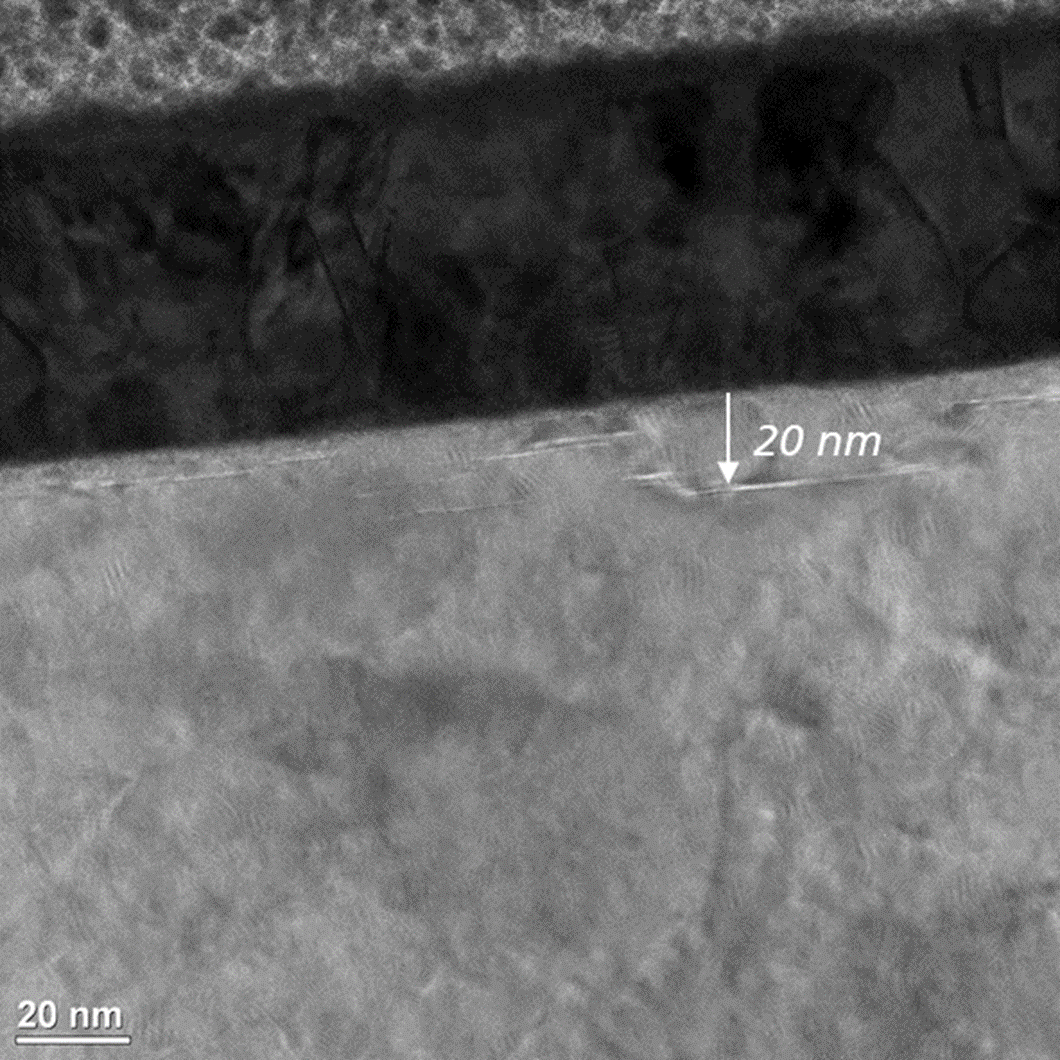
Calcium fluoride (CaF2 ) plays an important role in the optical industry due to its high transparency in the ultraviolet spectral range. However, it must be transformed into a special shape for use in optical components using mechanical processes and ion beam corrective polishing. Near-surface damage and/or chemical contamination can occur during both machining processes. It is possible for a CaF2 surface to match the desired geometric shape perfectly and exhibit excellent roughness levels, but still have optically absorbing defects caused by areas of near-surface damage that affect service performance.
To prevent such defects from occurring, an analytical evaluation of the damage needs to be performed. To this end, and building on previous studies of optoceramics (spinel, zirconia, and alumina), we carried out a detailed study in the course of an internal Fraunhofer project. Together with Fraunhofer IPT and several industrial partners, we investigated the influence of machining parameters, as reflected in the analytically determined defect structure (structural, near-surface damage and chemical purity). For this purpose, special preparation methods needed to be developed for calcium fluoride, which is brittle and susceptible to high temperature gradients. Using these prepared specimens, damage to the crystal structure could be visualized by means of high-resolution cross-sectional imaging in a transmission electron microscope. Simultaneously, depth profiling based on time-of-flight mass spectrometry was used to characterize the extent of chemical contamination as a function of the distance from the surface. It was evident that a very high surface quality can be achieved with a suitable choice of parameters. The familiar phenomenon of near-surface fluorine depletion was detected analytically. In addition, the study proved that nanoindentation can provide a rapid, inline assessment of subsurface damage. The analytical toolbox can be used as a basis for further optimization of the machining processes to meet increasing future demands on material integrity and maximum transmission.